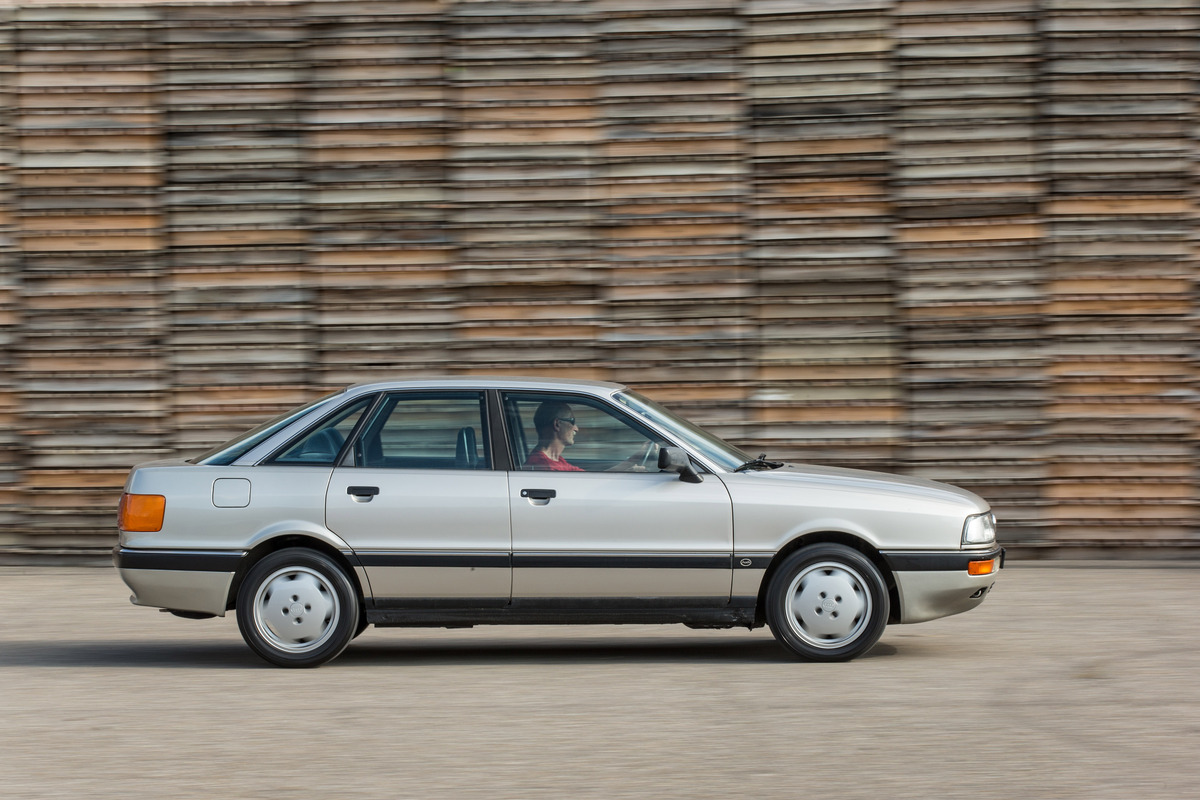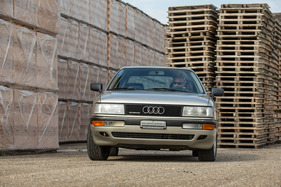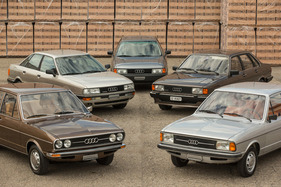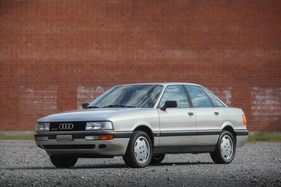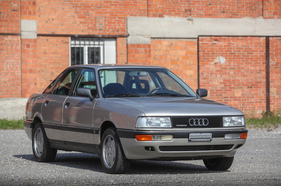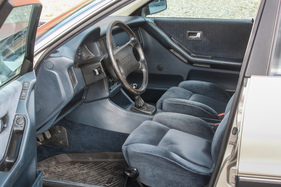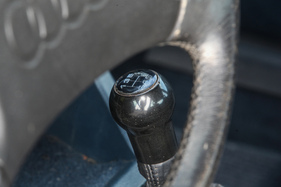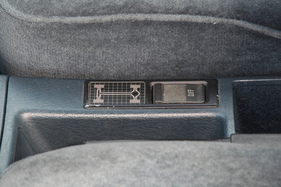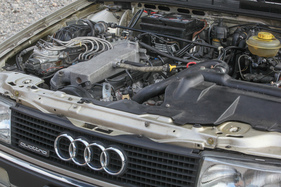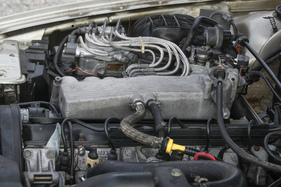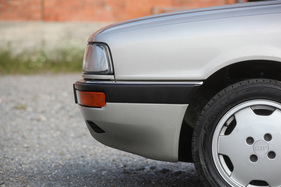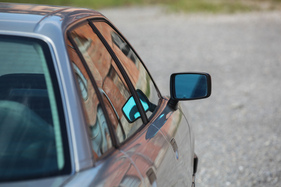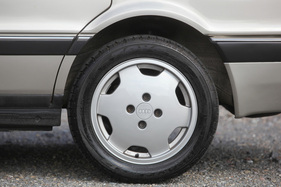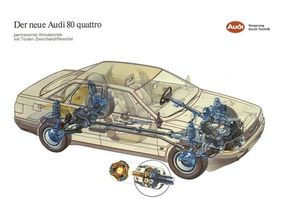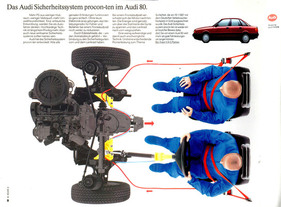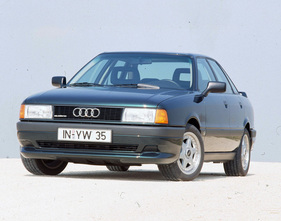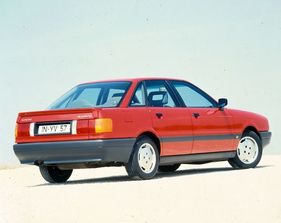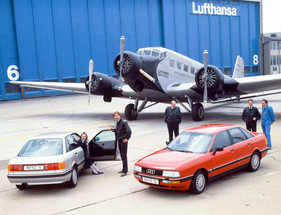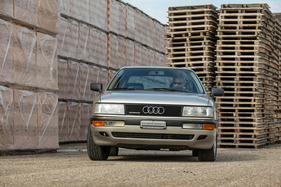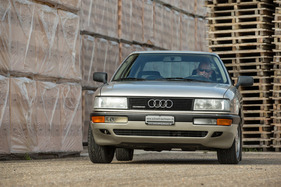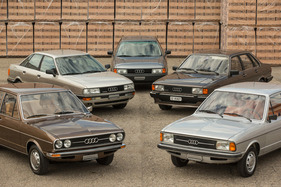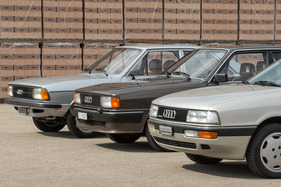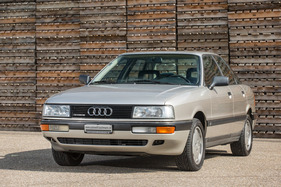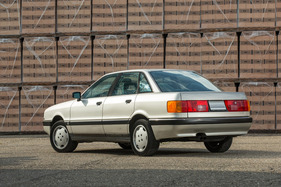Audi 90 2.3E quattro - when 90 is not bigger, but still more than 80
Summary
Today, the almost 35-year-old Audi 90 2.3E quattro is hardly noticeable. At the time, however, the third edition of the Audi 80/90 series embodied innovation and top-class aerodynamics. You can still feel something of this today, especially as almost all the Audis that followed it performed worse in terms of aerodynamic drag. This extensively illustrated driving report explains how the Audi 90 feels today.
This article contains the following chapters
- Aerodynamics as a sales argument
- More flexibility with the equipment
- Particularly safe
- One class higher
- Competition in its own stable
- Also with all-wheel drive
- Without spectacle
- Two editions
Estimated reading time: 8min
Preview (beginning of the article)
In 1972, Audi launched the Type 80, which was not only the basis for a long series of successful mid-size vehicles, but also the platform for the even better-selling VW Passat. Front-wheel drive, lightweight construction and understated elegance were the hallmarks of the first versions. A visually significantly modified Audi 80 appeared as early as the summer of 1976, followed in August 1978 by a grown-up B2 designed by Giugiaro for the B1. From November 1982, it was also available as a quattro and with a five-cylinder engine, which laid the foundation for the third generation B3. Early on in August 1986, the press reported on the new Audi 80, whose basic features were very similar to those of the Audi 100, but with a Cd value of 0.29, it was supposed to be even more aerodynamic. The new 80 was expected to appear in September 1986, and in fact driving reports on the B3, as the model was known internally, appeared in the first weeks of September.
Continue reading this article for free?
Photos of this article

